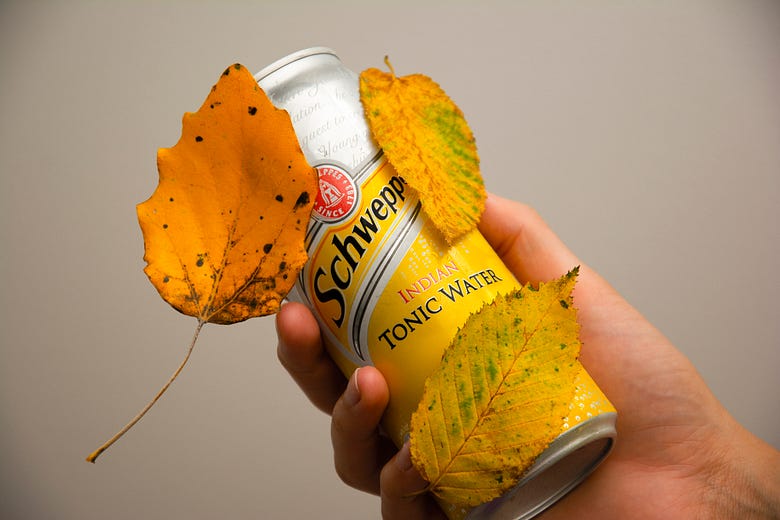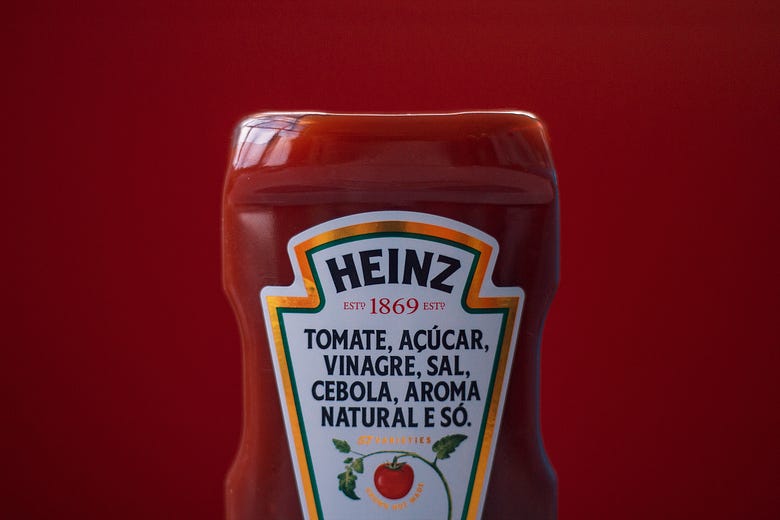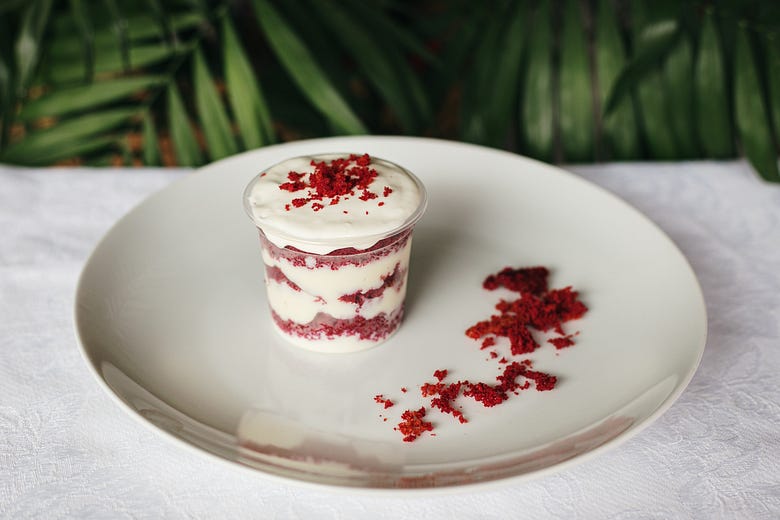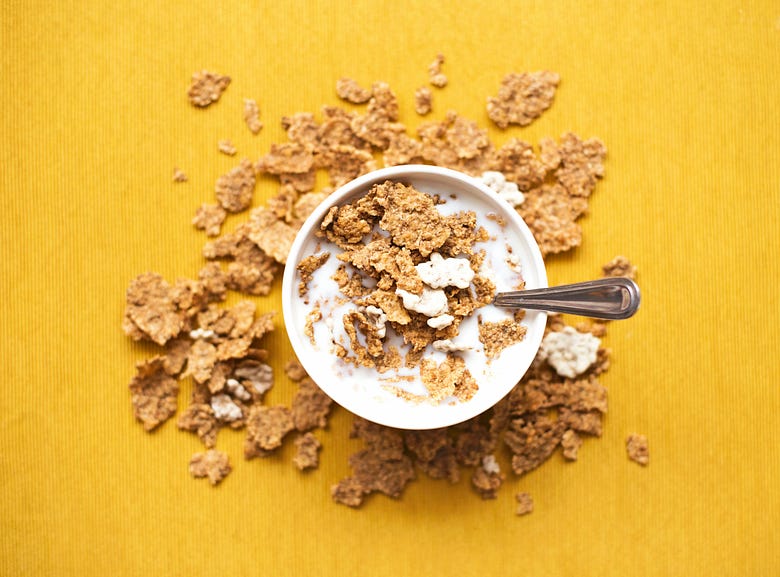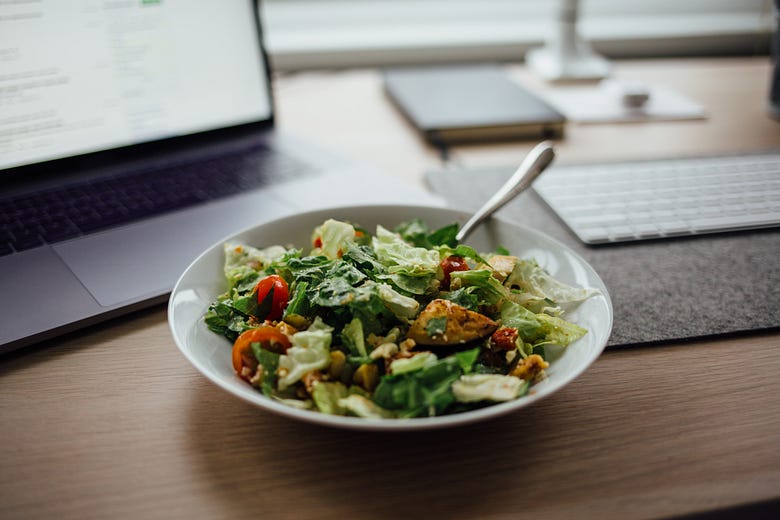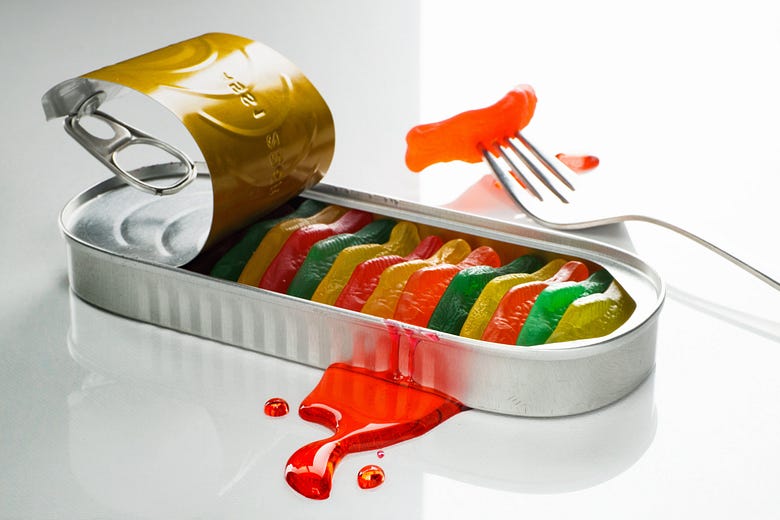
The WHO recommends less than 12 teaspoons of sugar per day. That’s about 50 grams or 200 calories. 10% of the usual 2,000 calories per day diet.
But for most of us, on average, we eat over 94 grams between each moonrise.
200 years ago, sugar wasn’t a commodity, it was treated as a luxury. According to records, a typical American only ate about 2 pounds per year of the sweet stuff. Today, that number is closer to 75.
75 pounds! We’re basically eating a Mila Kunis in sugar every single year.
No wonder diabetes rates are through the roof. But there’s hope to escape the clutches of the powdery evil.
Instead of completely eliminating it from your diet, we’re all human, after all, try reducing some of the biggest offenders.
We can start by replacing these sneaky foods to make a huge impact and get on track to a healthier tomorrow.
Tonic Water
There’s this really cool local bar and grill where I live that has happy hours from 4 to 7 pm every day. While I don’t go too often, I always get a blueberry gin and tonic.
It’s pure deliciousness. I’ve been having them once a week for over a year now. This entire time I thought I was drinking a low-calorie drink, at least in comparison to hefty pints. Until one day my friend pointed out tonic water has almost as much sugar as a can of Coke.
“That’s malarkey,” I told him confidently.
Oops. He was right.
Your average full can of tonic water has a whopping 32 grams of sugar inside it! Considering I despise the normal taste of tonic, I was pretty shocked it has sugar in it.
Drink this instead:
Soda water. It has bubbles, 0 calories, and adds a nice spritz to any drink. They even come in flavored versions with some using artificial sweeteners or others that use a tiny bit of fruit juice.
Ketchup
Ketchup. Catsup. Catchup. However you spell the damn word, it is chock full of sugar.
And we consume way more than we think we do. Heinz alone produces enough ketchup packets for 2 people every year. In the entire world.
In America, we consume about 13 pounds of it every year. We have a bottle in our fridge. We eat burgers. We mow down fries. Some people add it to their sandwiches.
My weird cousin even put it on toast and would eat it straight. We don’t talk anymore.
For the record, eating 13 pounds of ketchup, at 5 grams of sugar per 17-gram serving, would be the equivalent of 3.8 pounds of sugar every year.
And all from a seemingly innocent condiment we squeeze a tiny bit out of every time we use it. Until we lap it up and squeeze more. And more. And…bam, 13 pounds.
Use this instead:
I like to use mustard, vinaigrette, or tzatziki sauces whenever possible instead of ketchup. Depending on the food of course. All of these are low-calorie and usually come in a wide variety of flavors (hello Dijon, I’ve been missing you).
Yogurt
Mmm, yogurt. The low-calorie cousin of fatty ice cream. But is it really though?
A regular 6 oz cup of Yoplait you’d buy at any grocery store only has 170 calories. That’s not too bad. But when you read the label you’ll notice it’s 19 grams of sugar.
There goes almost half of your daily recommended sugar intake. I hope you enjoyed the 30 seconds it took to eat it.
Try this instead:
Greek yogurt or cottage cheese. Both of these varieties have less sugar than the usually sweetened cups we see on the shelves. You can also add your own fruit instead for some healthy fiber and non-processed crap.
If you want to get really funky, try freezing the yogurt and scraping it out slowly as a snack. Sounds weird? It is. But try it. You get to eat dessert for an hour instead of 30 seconds.
Cereal
Of course, you don’t expect Count Chocula’s Chocolatey Chocolate Chunks to be sugar-free, but what about healthier varieties like Cheerios?
That clocks in at 2 grams of sugar for a 2 cup bowl of cereal. Not bad! But its much tastier cousin, Honey Nut Cheerios? 24 grams for the same portion.
Frosted Flakes? 42 heart-stopping grams. They’re greeeeeat?
Healthy Raisin Bran? Surely those sun-dried nasty raisins must be worth eating right? Nope, 30 grams. More than half your day’s worth.
Rice Krispies? Not as bad, this brand comes in around 8 grams of sugar for a bowl. Just don’t put it in the square form or that number will go flying upwards.
Instant oatmeal? Many flavors from Quaker will come in at 9 grams of sugar per pack. And if you eat them like I used to, I’d use at least 2 packs for each bowl. Assuming I only ate just one bowl.
Eat this instead:
Plain oatmeal — add some fruit to flavor it up. It’s also incredibly healthy for you too. Some people also recommend trying muesli as a healthier substitute.
Whatever kind of cereal you try, just keep an eye out for the nutrition label next time. The lower the sugar and the higher the fiber — the healthier you’ll be.
Salad dressing
Most meatatarians absolutely despise salads. Too healthy, green, and lacking in 50 lbs of gristle.
But what kind of salad dressing do the healthy lettuce eaters out there use? If it’s off the shelf in an American grocery store, there’s a decent chance it’s pretty unhealthy according to Harvard.
Many bottled salad dressings use added sugars, sweeteners, fats, and bulky cheese to get them tasting so amazing. And that’s not good for your body nor your blood pressure.
Italian and blue cheese dressing will usually have about 1 gram of sugar per splash of the tasty leaf juice. Thousand Islands and ranch, on the other hand, have about double.
While that doesn’t sound like much, try to consider how much dressing we actually use in our salads or as a dip.
Restaurants absolutely drench their vegetables. A ranch dip at a party with freshly cut vegetables? Tell me you don’t use an entire bottle by the end of the night.
Try this instead:
I learned this from a good French friend a while ago: Red wine vinaigrette, balsamic vinegar, and virgin olive oil can make an amazingly tasty dressing for vegetables. Sprinkle in a bit of feta cheese and now you have yourself a proper Mediterranean salad.
Which, according to Harvard and the W.H.O., just might be the healthiest way to eat in the world.
Sugar is a luxury
While the nuance behind why sugar and corn syrup have created an ongoing health pandemic in some parts of the west is complicated, to say the least, that doesn’t mean we have to suffer the consequences.
Everywhere we look in today’s supermarkets, we see sugar. Or some version of it anyway. More than 60% of all the products in stores contain an added form of the stuff.
60%. That’s insane.
Whether it’s called sugar, dextrose, maltose, glucose, corn sweetener, lactose, molasses, corn syrup, corn sweetener, sorghum, sorbitol, fruit juice concentrate, fructose, or 100% low fat <insert marketing lie>— it’s there, and it’s hidden.
Just be aware of the problem and try cutting out some of the bigger offenders. Especially the ones in this list:
- Tonic water
- Ketchup
- Flavored yogurt
- Cereal
- Salad dressing
These have a habit of slowly sneaking up on you and adding pounds of unhealthiness every year.
And none of us really want that, unless your Mila Kunis, perhaps.
P.S. Sorry for ruining all of these tasty foods for you.
If you like how I ruined food for you, come see all the other things I ruin in my free newsletter. Thanks for reading!



